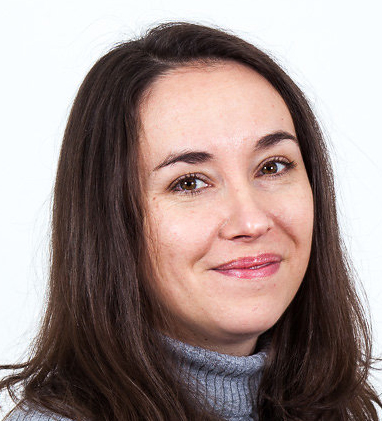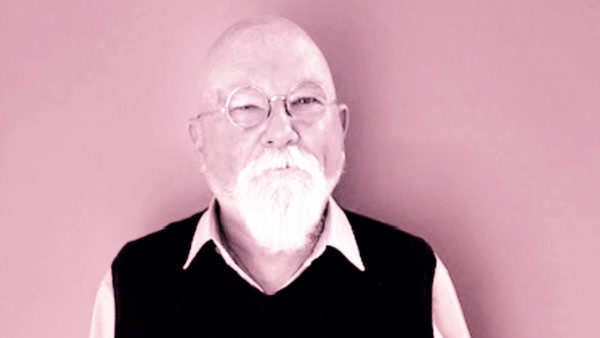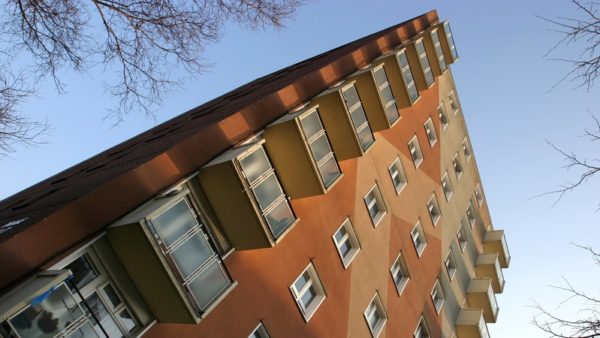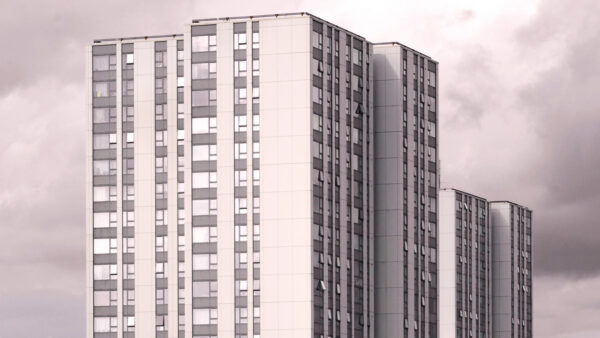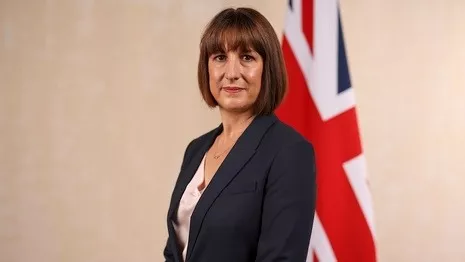
Samantha Mepham, partner, National Head of Health and Safety Services, at Rider Levett Bucknall (UK), says there are several key areas that need to become the norm for the long-term safety of the built environment.
It’s a year since the majority of the Building Safety Act (BSA) secondary legislation came into force, and with the release of the final Grenfell report fresh in our minds, it’s clear that these milestones have significantly impacted building safety practices in the built environment. The heightened focus on building safety has been widely welcomed, not just within the health and safety sector, but across the entire industry.
72 people died at Grenfell in 2017 and the event highlighted deep-seated issues within our industry. In the years since, it has become clear that multiple stakeholders contributed to a situation where such a disaster could occur.
The final report stated:
“a number of common themes can be seen running through the story which, due to their nature, we think are likely to be repeated widely across the construction industry. By drawing attention to them now, we hope that we may encourage a change in the way that the various parties to large construction projects approach their work.”
Since that day, our industry has been under intense scrutiny, and building safety has become a top focus in designing and construction our estates. Yet, there are several key areas that need to become the norm for the long-term safety of the built environment.
Building safety awareness must remain a priority
The BSA and the Grenfell report have undoubtedly raised awareness of building safety in our industry. However, we need to ensure this remains a priority beyond today’s headlines and is not just a reaction to tragic events. While the industry faces multiple challenges – ranging from viability, achieving net zero ambitions and shortage of skilled workforce – building safety must also stay at the forefront of every project and decision we make.
Culture change is happening, but must continue
We are witnessing a cultural shift within the sector. Yet, it is vital that this momentum continues. As evidence from the Grenfell report showed, many individuals involved in the project did not properly understand their roles or the scope of their obligations. We must ensure that everyone in the industry has clarity on their responsibilities and ownership of a building throughout its entire lifecycle. No one can afford to work in silos or pass the responsibility of safety onto others.
The Building Safety Act’s Gateway Process needs to be streamlined
The BSA has been instrumental in setting guidance about the new regime. However, the current process is causing significant delays and cost. This is not sustainable for the industry, and we need to find a way of working together to ensure safety is paramount but where we add value not barriers to the project.
Cost and building safety are not interchangeable
RLB’s chief executive for UK and Europe and global board director, Andrew Reynolds, commented at a recent conference: “There is no trade-off between cost and building safety.” Ensuring building safety means ensuring a high standard of work, which in turn drives long-term value. While cost considerations are important, quality and value must take precedence when it comes to safety.
Education and training remain instrumental
We have an obligation as a sector to educate and train our future professionals in health and safety. At RLB, health and safety is an integral part of our ongoing continuing professional development. However, beyond simply understanding the BSA, we are conducting specific workshops about how we drive cultural change, and all play a part in the future of health and safety. Understanding the regulatory framework and its purpose is critical for everyone in the industry.
It is encouraging to see health and safety taking centre stage in the industry, but we must continue to emphasise its importance across our organisations, our sector and the industry as a whole.
Until we can confidentially say another Grenfell will never happen, we cannot sit still. The future of our built environment depends on ensuring that our buildings truly become our strongholds of safety.
Samantha Mepham is partner – National Head of Health and Safety Services – at Rider Levett Bucknall (UK)





